Author: Chad Nielsen
-
Golden Plates
Richard Lyman Bushman’s most recent book focuses on presenting a cultural history of the gold plates. I’ve reviewed Joseph Smith’s Gold Plates in the past, but Dr. Bushman did an interview that was recently published on the Latter-day Saint history blog From the Desk that had some interesting tidbits. What follows here is a co-post…
-
Joseph White Musser
Mormon Fundamentalism is a well known collective term for groups of Latter-day Saints who attempt to replicate the doctrines and practices of The Church of Jesus Christ of Latter-day Saints in the 1840 – 1890 era, most notably plural marriage. Less well-known, perhaps, are the figures who initially organized and developed the Fundamentalist Mormon movement,…
-
The Heart of the Matter: A Review
The Heart of the Matter, by President Russell M. Nelson, is a book to live by. It serves as a collection and presentation of his core messages as president of The Church of Jesus Christ of Latter-day Saints and provides guidance for both belief and living as a member of that church.
-
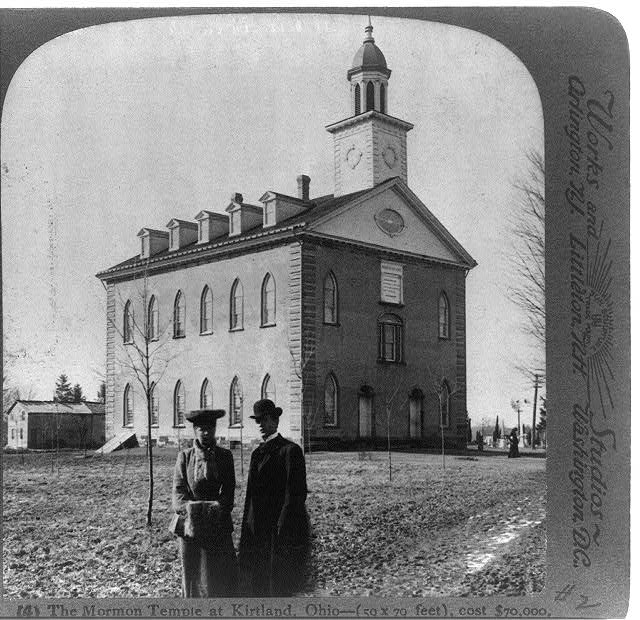
The House of the Lord in Kirtland
The House of the Lord in Kirtland, Ohio has been a major topic in the news as of late, thanks to the recent transfer of ownership between Community of Christ and The Church of Jesus Christ of Latter-day Saints. On the very same day that the transfer was announced, the Latter-day Saint history blog From…
-
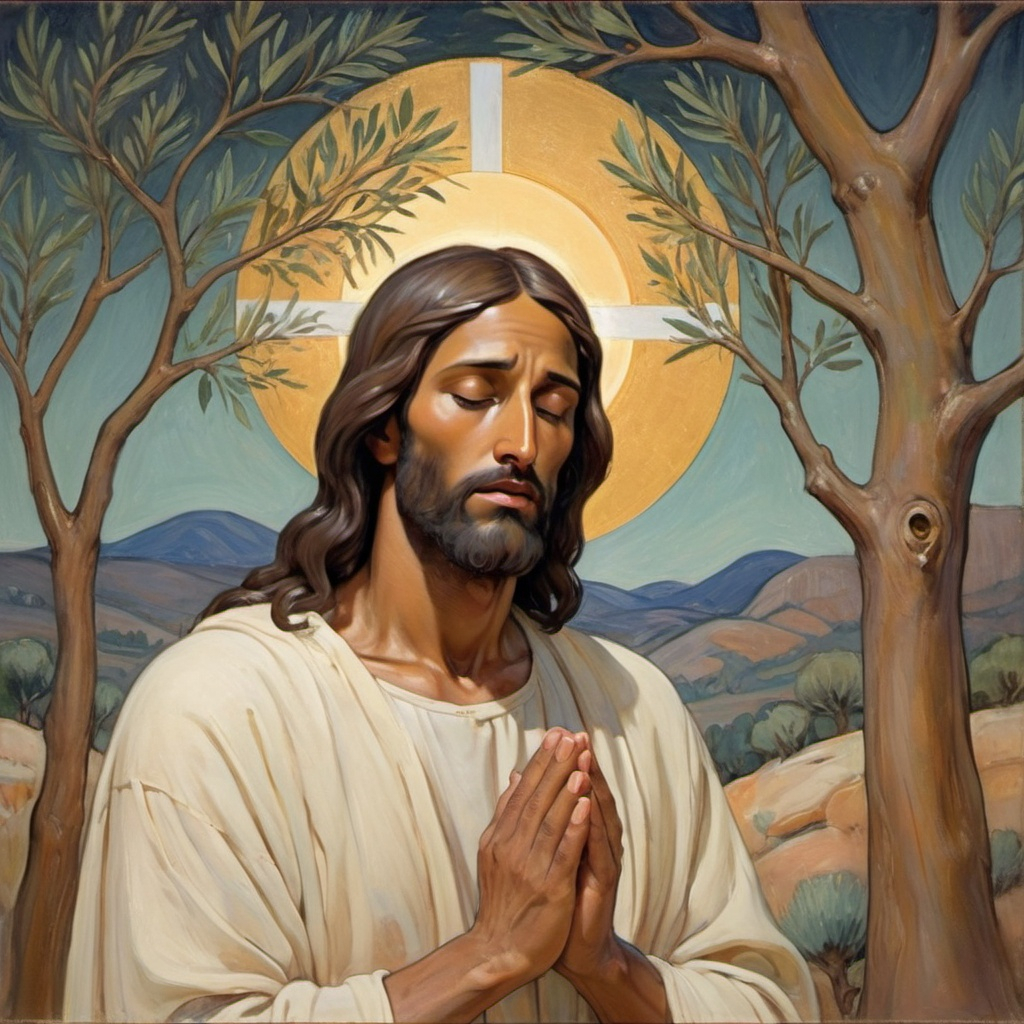
Atonement in the Book of Mormon
The Atonement of Jesus Christ is central to our faith and also central to the message of the Book of Mormon. What exactly, however, does the Book of Mormon say about the Atonement of Jesus Christ? In a recent interview at the Latter-day Saint history blog From the Desk, Nick Frederick discussed Atonement in the…
-

The Purifying Power of Gethsemane
As we are in Easter season, it is appropriate to ponder on the life, teachings and Atonement of Jesus Christ. One of the best talks given by Latter-day Saint leaders on the subject is “The Purifying Power of Gethsemane”, Elder Bruce R. McConkie’s final testimony. The talk was discussed in a recent post at the…
-
The White Horse Prophecy
There are a few high-profile apocalyptic prophecies in Latter-day Saint history that have pretty shaky provenances. Perhaps foremost among them is the White Horse Prophecy. This complicated document was recently discussed at the Latter-day Saint history blog From the Desk. What follows here is a co-post to the full discussion.
-
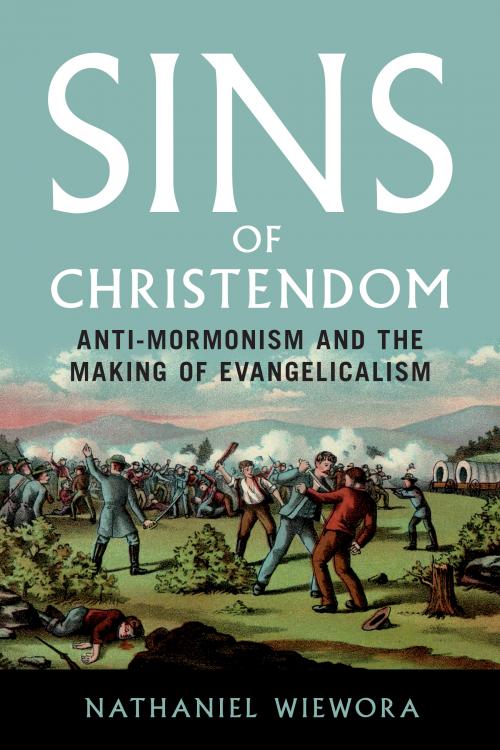
Sins of Christendom: A Review
Anti-Mormon literature is always a touchy subject, but Sins of Christendom: Anti-Mormonism and the Making of Evangelicalism by Nathaniel Wiewora handles it deftly, putting it in a broader context of change and debate within Evangelical Christianity.
-
American Zion: A Review
If I were to ever write a single-volume history of The Church of Jesus Christ of Latter-day Saints, I hope that it would turn out like Benjamin E. Park’s American Zion: A New History of Mormonism (Liveright, 2024). It is a very nuanced, insightful, and well-written take on Latter-day Saint history in the United States.…
-
Diné Latter-day Saints
One often-overlooked aspect of The Church of Jesus Christ of Latter-day Saints is the interactions of the institution with the Diné (Navajo) peoples in the western United States. In a recent interview at the Latter-day Saint history blog From the Desk, Farina King (an expert in colonial and post-colonial Indigenous studies) discussed some of the…
-
National Treasure – Israel Style
We read in the Hebrew Bible that King Nebuchadnezzar of Babylon came to Jerusalem and “carried off all the treasures of the house of the Lord and the treasures of the king’s house” (2 Kings 24:13). The question of what happened to those treasures afterwards has been a subject of fascination ever since. In a…
-
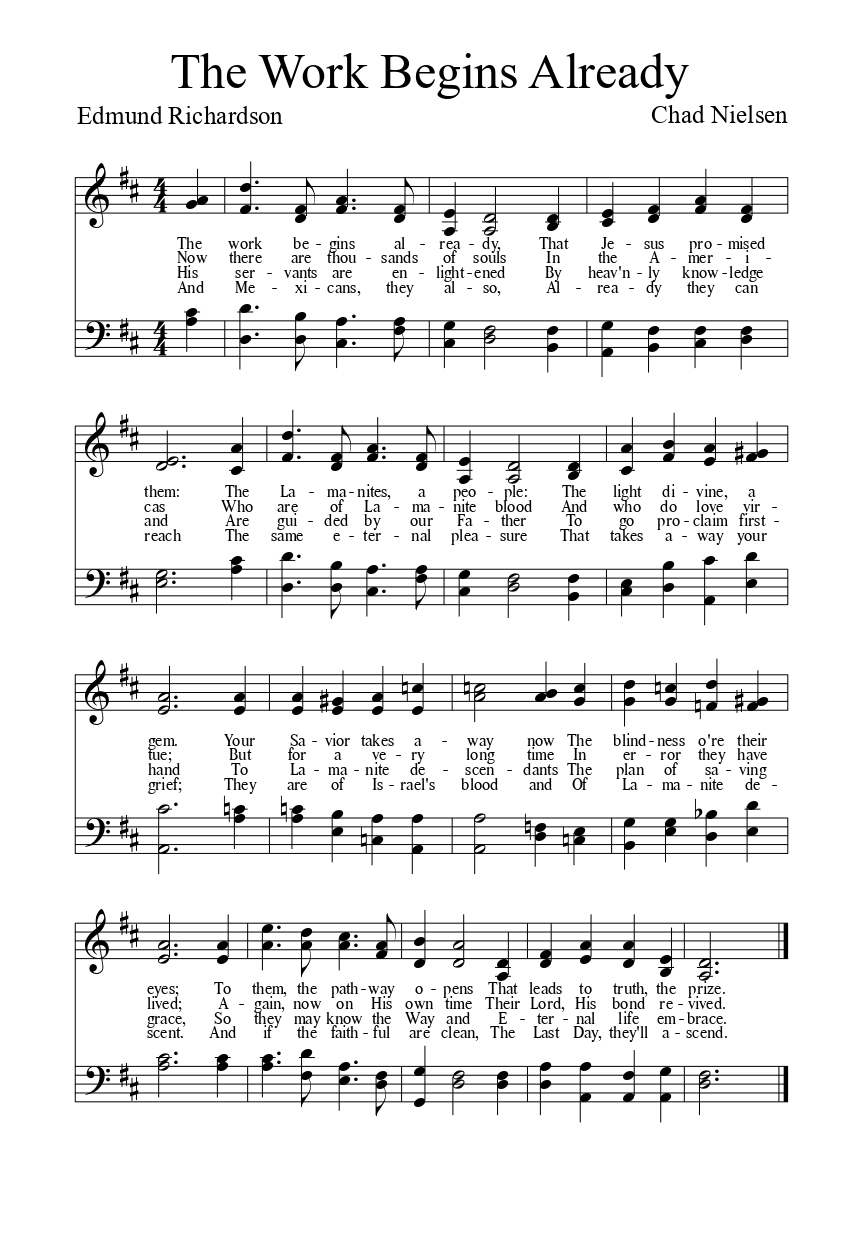
“La Obra Ya Empieza”
“La Obra Ya Empieza” was one of the original hymns included in the 1907 Himnario Mormón (the first Spanish-language hymnbook in the Church). Written by the prolific hymn-writing colonist Edmund Richardson, it was originally a text with no tune specified for singing. In the 1940s red hymnbook, it appeared with an unidentified tune for the…
-
On John A. Widtsoe
John A. Widtsoe was an influential apostle and theologian in the Church who came from a scientific background. In a recent interview at the Latter-day Saint history blog From the Desk, biographer Thomas G. Alexander discussed the life and contributions of this apostle-scientist. What follows here is a co-post to the full interview.
-
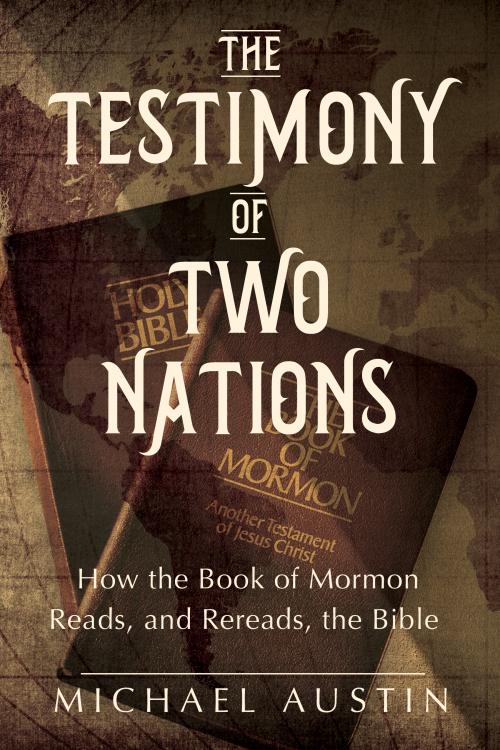
The Testimony of Two Nations: A Review
The Testimony of Two Nations: How the Book of Mormon Reads, and Rereads, the Bible by Michael Austin (University of Illinois Press, 2024) is a delightful and insightful venture into the ways in which the Book of Mormon interacts with the Bible.
-
“I Am” Statements of Jesus in the Book of Mormon
When Moses was called by YHWH, he asked the Lord, “when I come unto the children of Israel, and shall say unto them, The God of your fathers hath sent me unto you; and they shall say to me, What is his name? what shall I say unto them?” In response, YHWH said, “I Am…
-
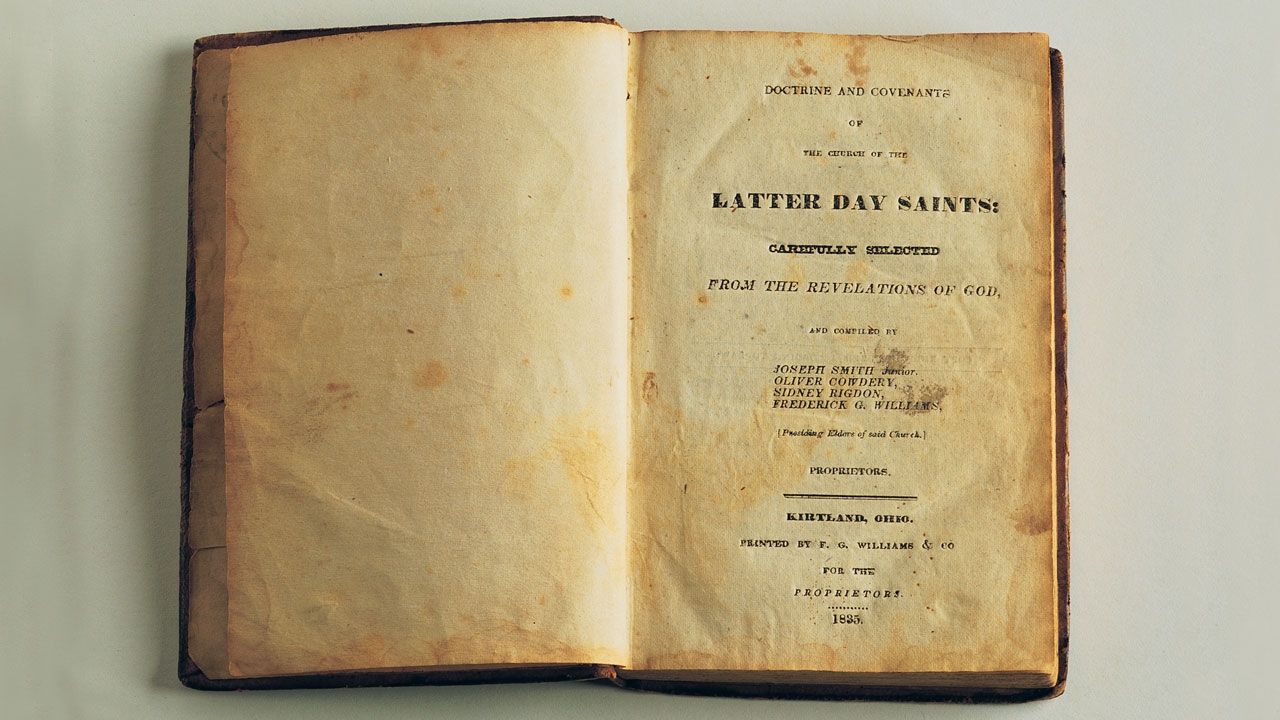
A Book Announcement
I’m excited to announce that I have a book about the Doctrine and Covenants that is scheduled to be published by By Common Consent Press this December!
-
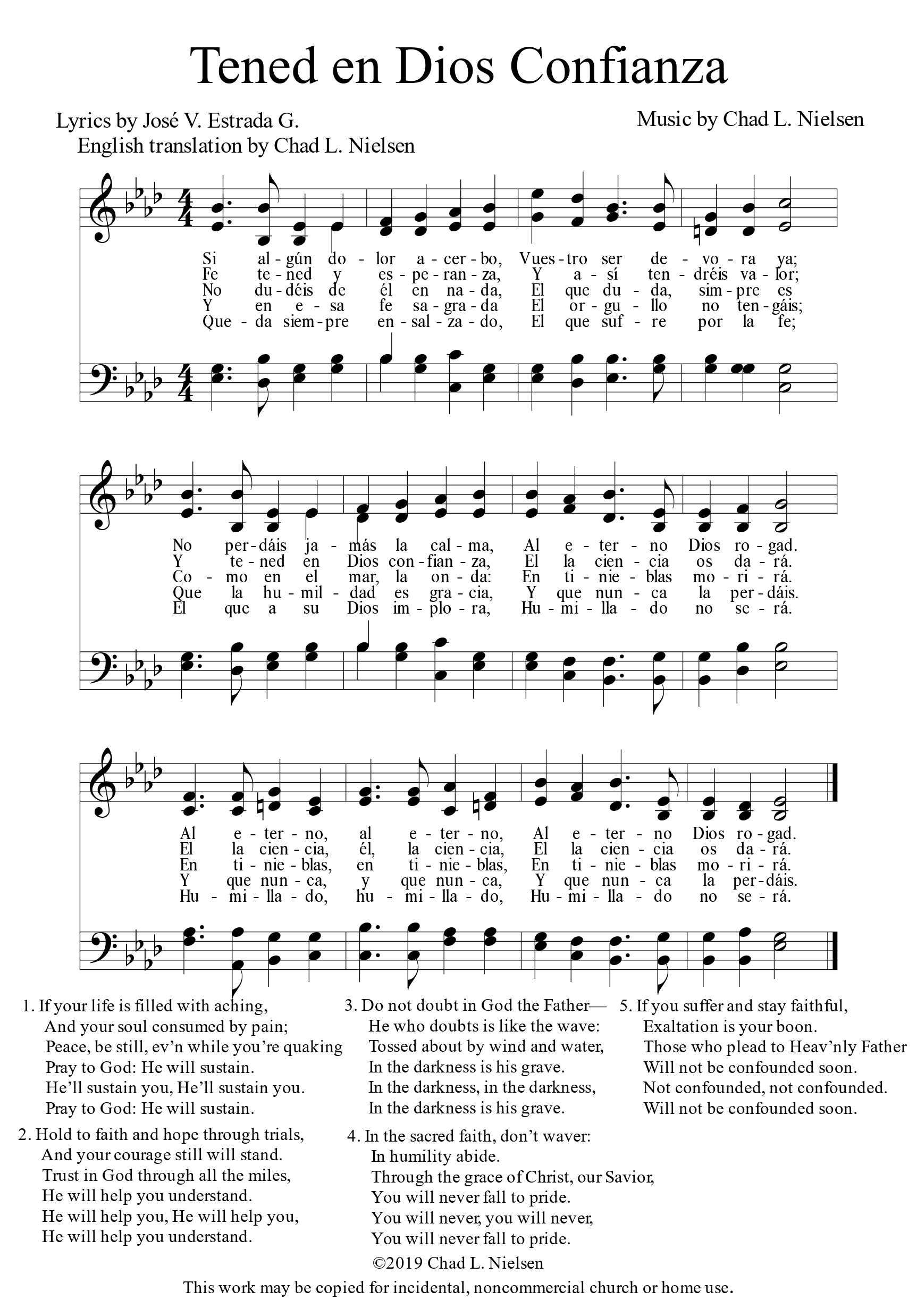
“Tened en Dios Confianza”
I have not been able to find out much about “Tened en dios confianza,” nor about its author, José V. Estrada G. On a more personal note, however, this was the first hymn that I worked with when I started contemplating the Mexican Mission Hymns Project around six years ago. The original music for the…
-
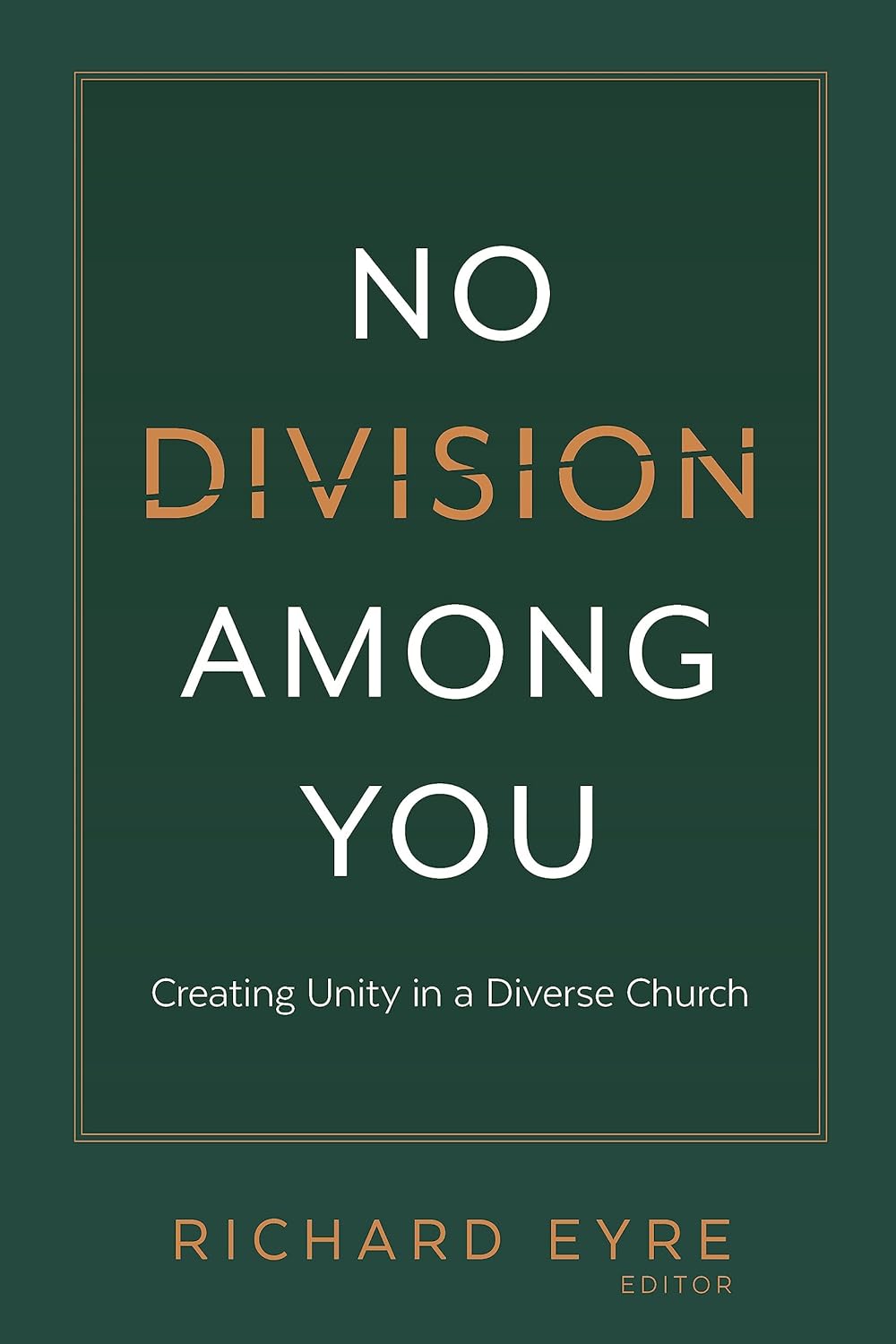
No Division Among You: A Review
No Division Among You: Creating Unity in a Diverse Church, ed. Richard Eyre (Deseret Book, 2023) is a beautiful book in its intentions and efforts. The book is a collection of 14 essays that discuss ways to view the need for unity while embracing diversity. Each essay is by a different author, bringing in diverse…
-
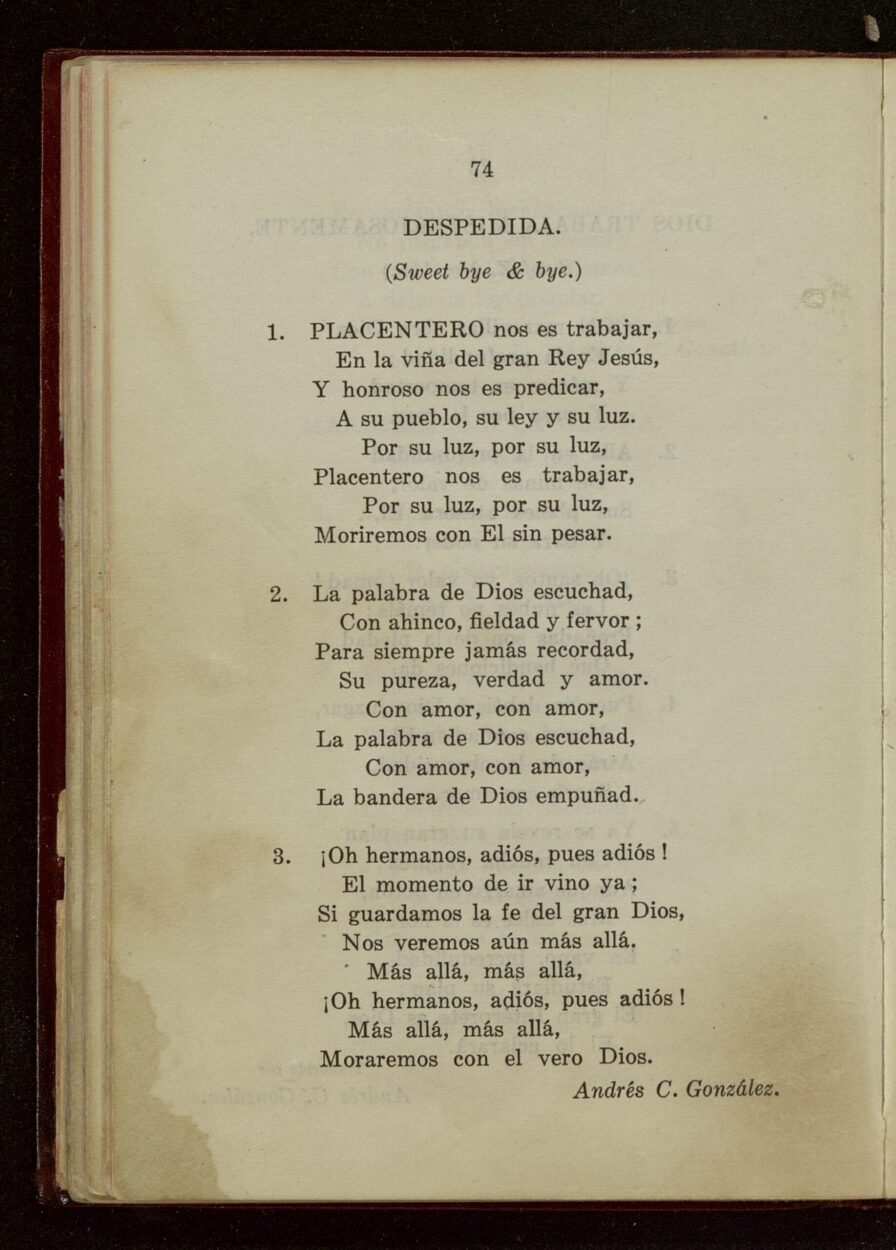
“Placentero nos es trabajar”
“Placentero nos es trabajar” or “Despedida” is one of the more popular hymns that is included in Latter-day Saint hymn books, written by a Latter-day Saint, but not in the English hymnal at this time. Hence, I’ve been consistent in pointing it out as a likely candidate for inclusion in the forthcoming hymnal. While I’ve…
-
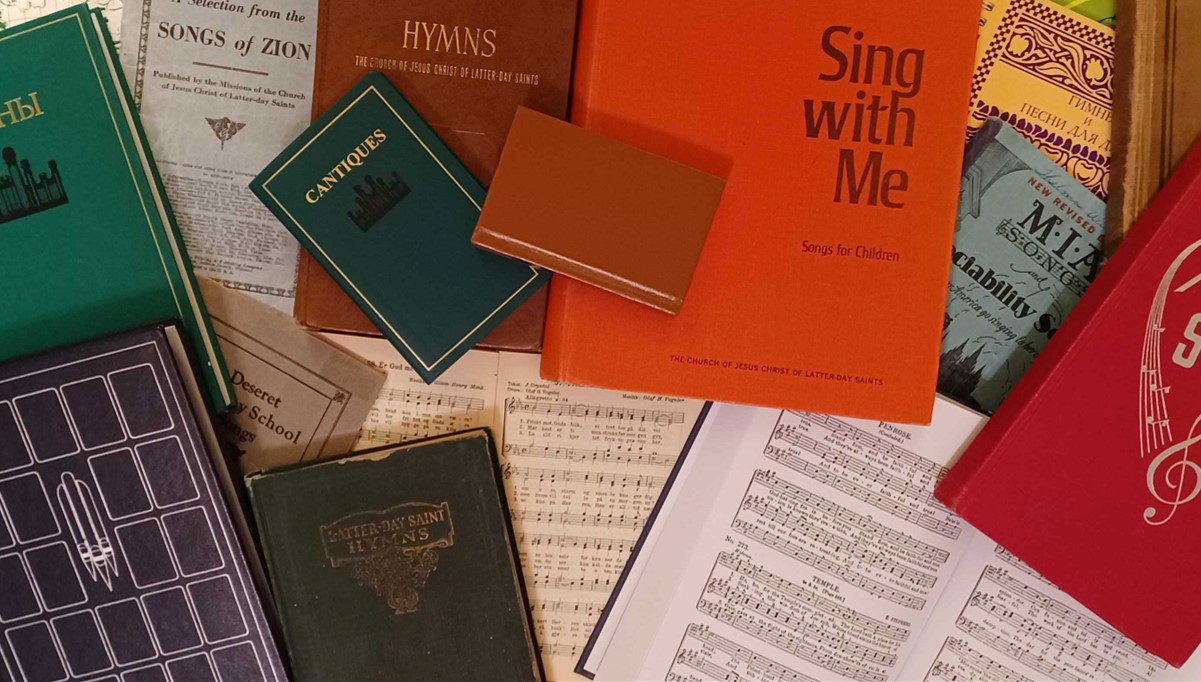
Hymnal Watch: February 2024
A YouTube channel called “For All the Saints” recently interviewed Ray Robinson—a member of the team that is creating the new hymnbook. There were several notable observations made by Robinson that I want to highlight:
-
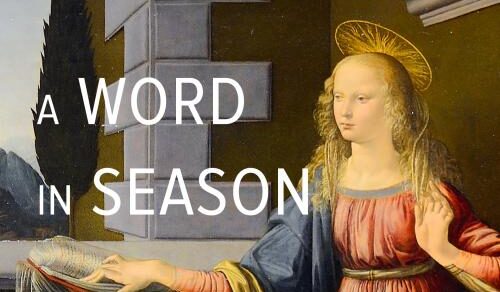
A Word in Season: Isaiah’s Reception in the Book of Mormon (A Review)
A Word in Season: Isaiah’s Reception in the Book of Mormon by Joseph M. Spencer (University of Illinois Press, 11/21/2023) is a scholarly exploration into the interplay between the biblical prophet Isaiah and the narrative fabric of the Book of Mormon
-

Counterpoint: Receiving Change with Grace and Gratitude
I only truly disagree with Jonathan on one point from his recent post about the new hymnal, and it’s probably not the part you would expect.
-
Latter-day Saints and Biblical Theology
Interpreting the scriptures is a vital part of the Judeo-Christian tradition. In a recent interview at the Latter-day Saint history blog From the Desk, Joseph Spencer discussed a particular approach to interpreting the Bible—Biblical Theology. In particular, he focused on recent developments in Latter-day Saint Biblical Theology. What follows here is a co-post to the…
-
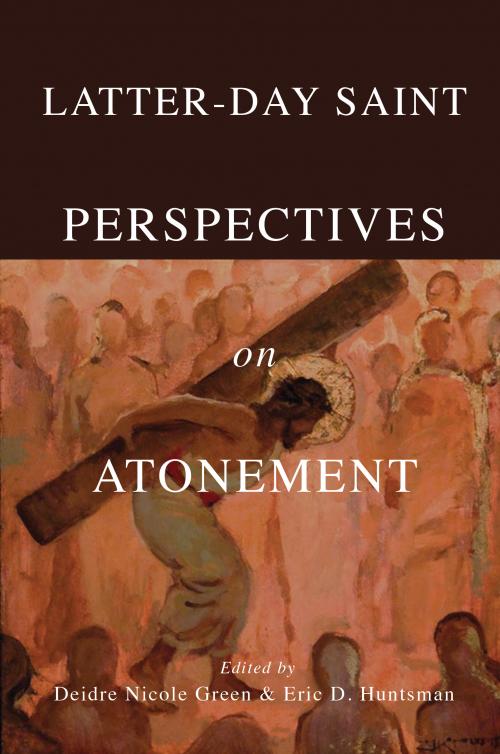
Latter-day Saint Perspectives on Atonement – A Review
Latter-day Saint Perspectives on Atonement is a fascinating journey through the scriptures and teachings of The Church of Jesus Christ of Latter-day Saints about the Atonement of Jesus Christ.
-
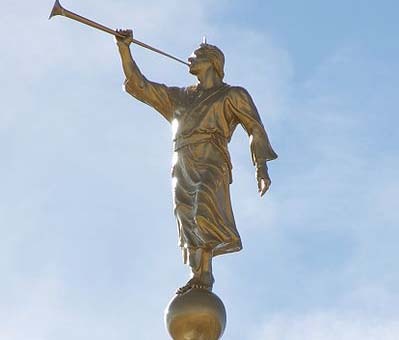
Grant Hardy on the Annotated Book of Mormon
It was a monumental effort to create this version of the Book of Mormon.
-

Hymnbook Watch: January 2024
We’re getting closer to the new hymnbook/songbook being released. I talked about some updates last August, but there has been some other information that has come out since then.
-
On Martha Hughes Cannon
Martha Hughes Cannon was a notable, if complicated, woman in Utah history. Although somewhat forgotten (partly due to her son burning all her journals, at her request), she has become more widely remembered in recent years. In a recent interview at the Latter-day Saint history blog, From the Desk, biographer Constance L. Lieber shared some…
-
Chad’s Top 10 Book List from 2023
In case it’s of use to anyone, I’ve prepared a list of my top 10 books that I’ve read this last year. (That can include books that were not published within the last year, though the majority of them were published in 2023 or 2022):
-
Advent Songs in the Latter-day Saint Tradition
When I played handbells as part of the music ministry of a local Presbyterian church, I was surprised to learn that in the traditional liturgical calendar, most of December isn’t Christmas time. Instead, it is a season called Advent that looks forward to Christmas time. Christmas itself begins on Christmas Eve and lasts through January…
-
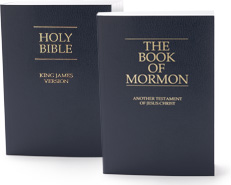
Come, Follow Me: Book of Mormon Resources
As Jonathan has been pointing out in his posts about Reading the Book of Mormon in wartime and Book of Mormon historical revisionism, we are only a few weeks out from starting the next year of the reading cycle. Come, Follow Me 2024, will focus on the Book of Mormon. We’ve had posts and discussions…
